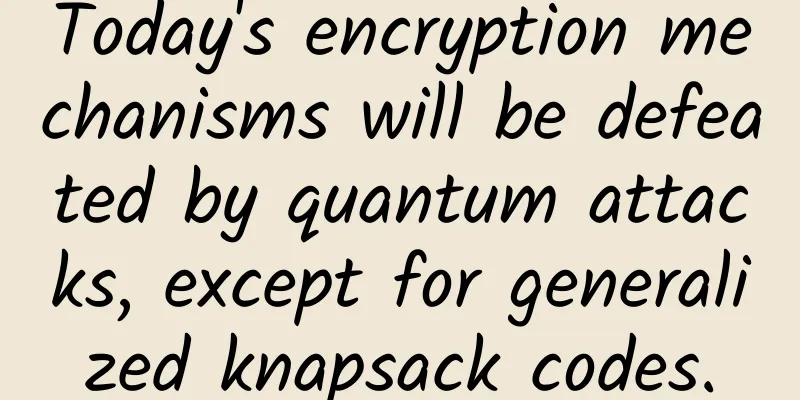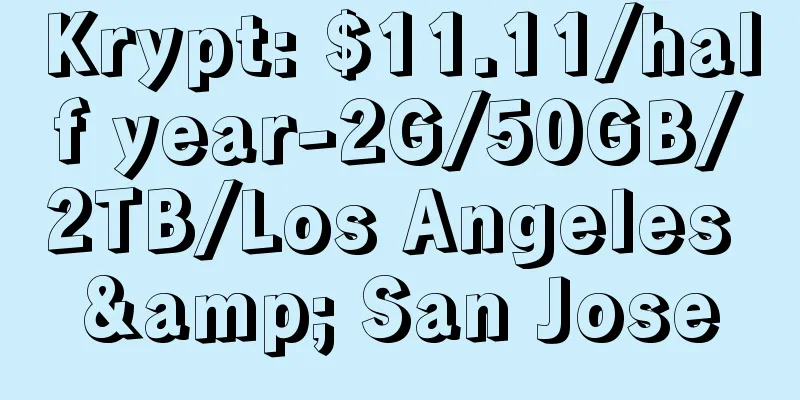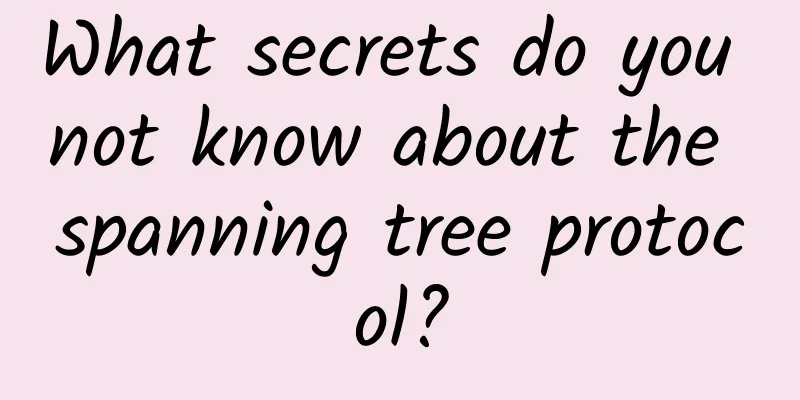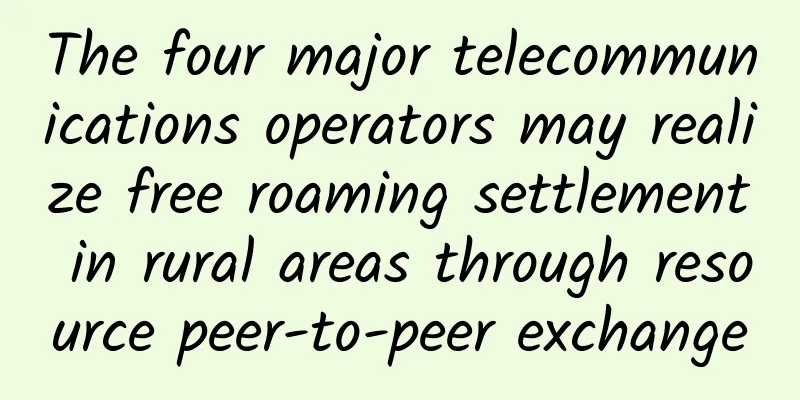Today's encryption mechanisms will be defeated by quantum attacks, except for generalized knapsack codes.

|
[51CTO.com original article] Today's encryption mechanisms that are responsible for protecting Internet data security will not always be so secure. Future quantum computers will use powerful processing power and algorithms to break them. Nathan Hamlin, director of the Mathematics Learning Center and lecturer at Winona State University, is helping people prepare for this eventuality. In a new paper published in the Open Journal of Discrete Mathematics, he describes a generalized knapsack code from his doctoral dissertation, an encryption algorithm that could thwart hackers using the next generation of quantum computers.
The paper clarifies some misconceptions in the complex field of public key cryptography and provides a common basis for understanding for technical experts who will inevitably be tasked with designing new Internet security systems in the future era of quantum computing. “Designing secure systems to protect data requires the combined efforts of experts from a variety of fields who work with numbers in different ways. Pure and applied mathematicians, computer programmers, engineers, and more will all be involved. To make it work in real life, all of these people will need a common language to communicate so that they can make important decisions about how to protect online transactions and personal communications in the future.” Quantum computers operate at the subatomic level and are theoretically billions of times faster than silicon-based computers. Hackers armed with the next generation of quantum computers could theoretically be able to decrypt any internet communication we send today. To create a more future-proof online security system, Hamlin and retired mathematics professor William Webb created the generalized knapsack cipher in 2015 by revamping a previous version of the cipher using alternative number representations beyond the standard binary and base-10 sequences that today’s computers rely on. In his paper, Hamlin explains the generalized knapsack cipher in plain language that computer scientists, engineers and other experts in non-pure mathematics can understand. By disguising data with strings of numbers more complex than the 0s and 1s used by traditional computers, the generalized knapsack cipher offers a viable security method for defending against quantum computing hacking attacks. The generalized knapsack cipher expands the binary representation that today's computers rely on by using a series of numbers other than 0 and 1, making it able to block more attacks, including those that use basis reduction methods - a decryption method that was used to break the original knapsack cipher. Hamlin hopes that his paper, "Numbers in Mathematical Cryptography," will clear up some of the misunderstandings he has encountered along his professional path and allow generalized knapsack ciphers to be developed and applied in the future. "Quantum computing will change the way we process data, and we, as a society, have to make important decisions about how to prepare for this shift. Such cryptography can be applied to traditional hardware and will be resistant to hackers armed with quantum computers. In the face of the possibilities of quantum computing, I think it is time to seriously consider the use of cryptography for commerce and communications." [51CTO original article, please indicate the original author and source as 51CTO.com when reprinting on partner sites] 【Editor's recommendation】
|
Recommend
A funny story about three handshakes and four waves: How to seize the opportunity when you meet a girl you like?
I have a friend, Xiao Long, who confided in me: H...
Don't be afraid of DNS interview questions anymore: experts use 1 big picture and 9 steps to easily deal with them
[[319621]] [51CTO.com original article] It's ...
To accelerate 5G innovation and monetization, Ericsson and several operators jointly established a network API company
According to foreign media reports, communication...
Hosteons: OpenVZ/KVM VPS hosting 50% off, $13.5 per year, multiple data centers in Los Angeles/New York
The last time I shared information about Hosteons...
In simple terms, what exactly is blockchain?
On September 4, 2017, the Chinese government offi...
In the digital economy era, operators focus on technological innovation to optimize and upgrade digital infrastructure
The State Council recently issued the "14th ...
Why is 6G research and development important in the digital economy era?
5G’s unfinished business needs to be completed by...
The 10 coolest software-defined networking technologies of 2017
Software is driving the innovation engine of the ...
Research And Markets: By 2022, about 90% of industrial companies will use edge computing
On February 6, a new report released by market re...
Widespread adoption of smart homes drives rapid growth in the Wi-Fi router market
Market research firm Technavio released a latest ...
What is the difference between 5G and 5GHz Wi-Fi?
Are 5G and 5 GHz Wi-Fi the same thing? No, but te...
MESI protocol, JMM, common thread methods, etc.
[[329428]] This article is reproduced from the We...
SmartHost: AMD Ryzen series 35% off, starting at $2.57/month, Los Angeles/New Jersey/Las Vegas data centers
SmartHost has posted a message on its website say...
It is easy to raise a sail in the river, but it is difficult to sail against the current - Huawei is making full efforts in the public cloud 2.0 era
[51CTO.com original article] Recently, Huawei and...









